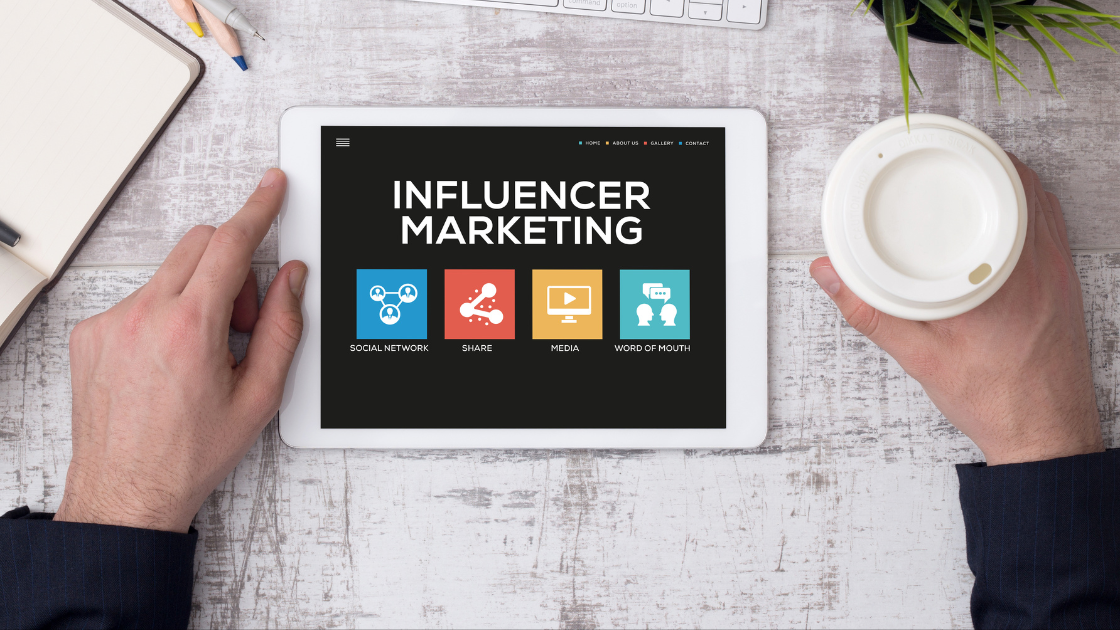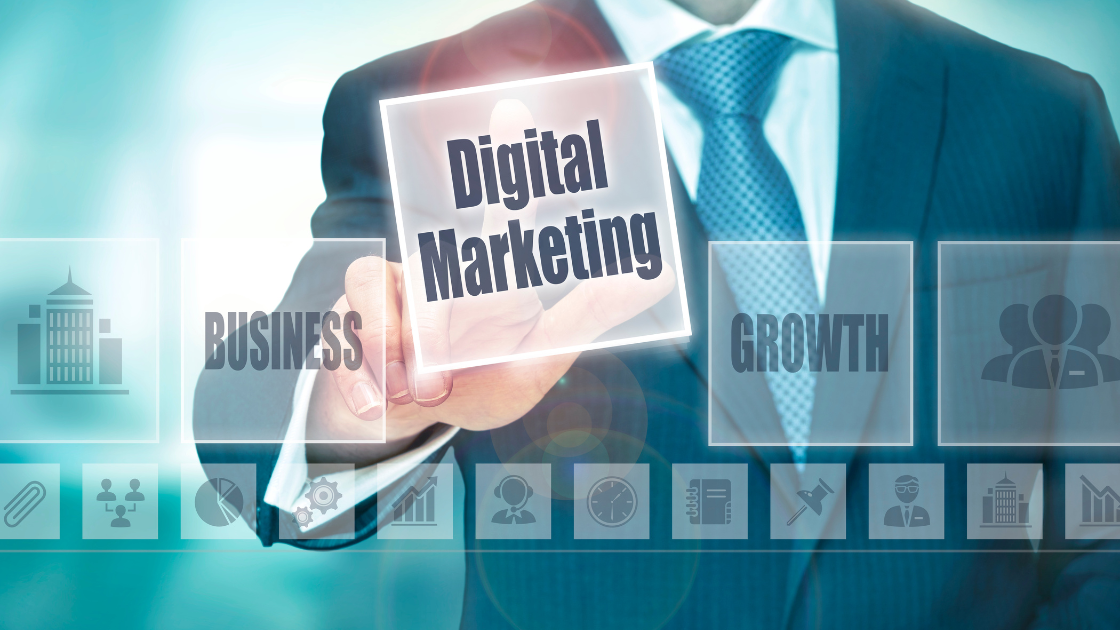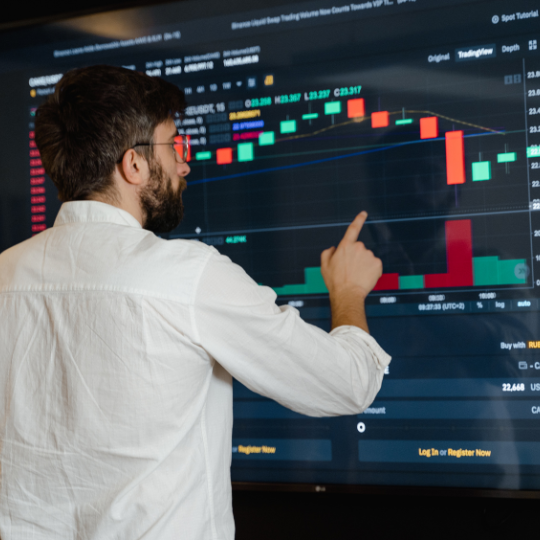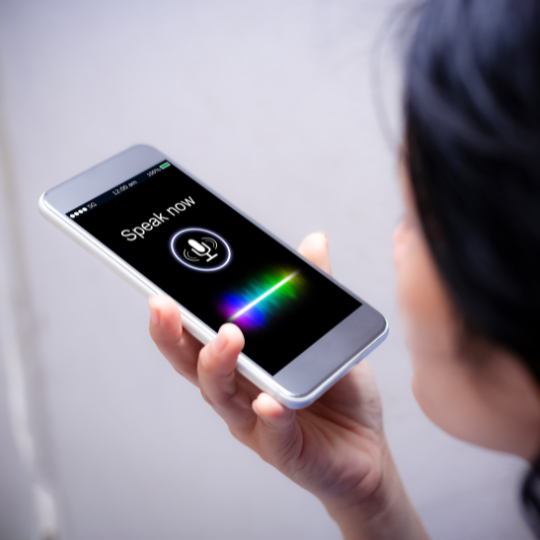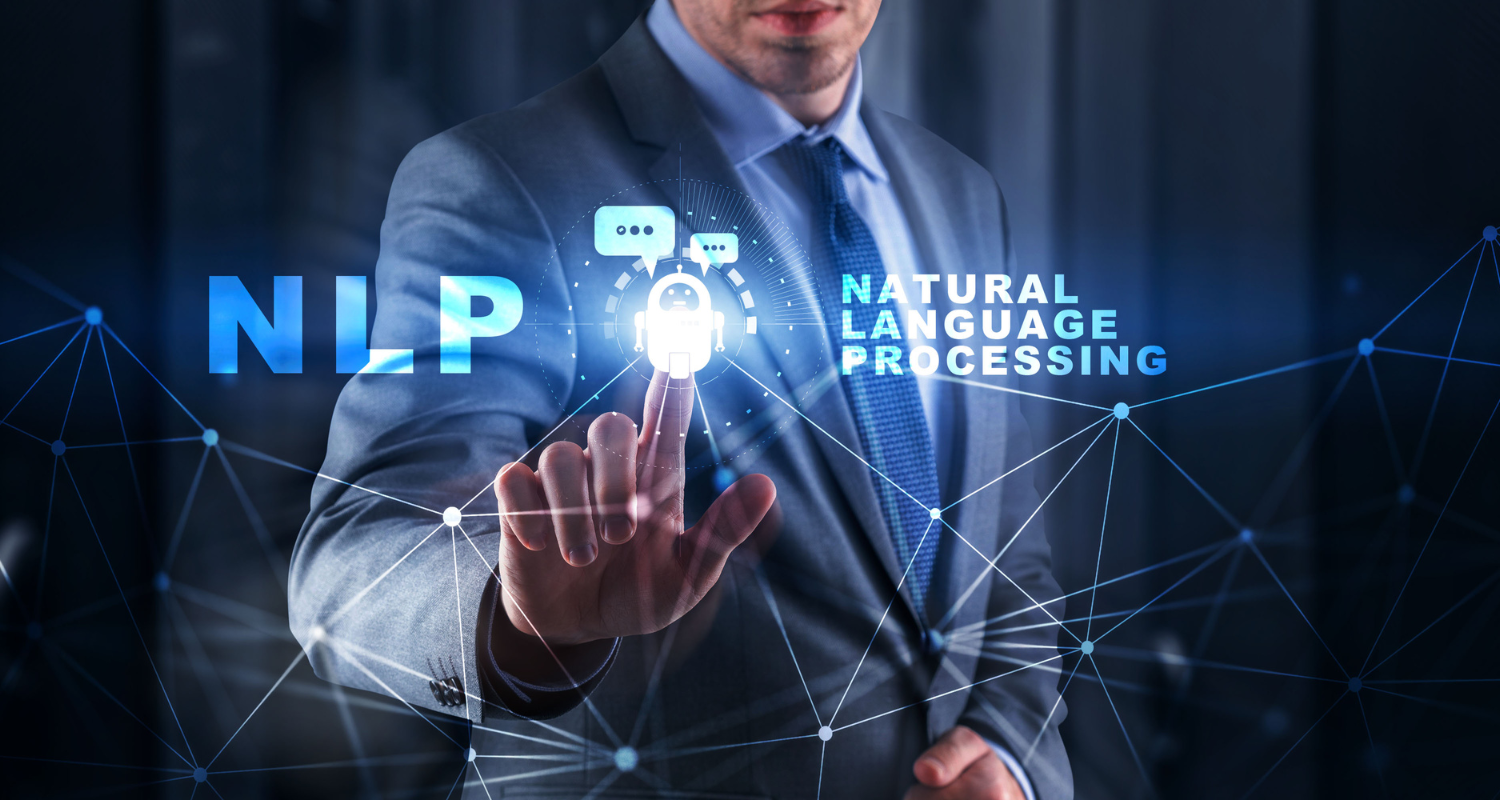In this fastest growing era of digital marketing. A fresh approach has risen to prominence -Role of Influencer Marketing. This approach is reshaping the traditional scenarios – how brands connect with the audience. Long gone are the days when traditional advertisements are ruling over consumer interactions. Today, influencers are taking advantage of and promoting the brands.
You don’t know who these influencers are? Then know all about those charismatic, vogue settings individuals with dedicated following who are altering the marketing. This blog will shed light on the role of influencer marketing in today’s advanced era.
So, tighten up your belt and commence the journey!
Influencer Marketing | An Overview
Influencer is not just a mere buzzword. It became a symbol of revolution in how brands reach their audience. Influencer marketing leverages those individuals who possess the power to sway opinions. Additionally, drives the buying decisions of people. All thanks to their faithful relationship with their followers. Influencers become the bridge between the audience and the brand. Blend genuine storytelling with good strategic promotion. The types of influencers are listed below in the table.
| Type Of Influencer | Followers | Platform | Impact |
| Mega influencer | Over one million | Instagram, TikTok, YouTube | Massive reach, significant brand visibility |
| Macro Influencer | 100,000 to one million | Instagram, YouTube, Blogs | Broad reach, High Engagement |
| Micro influencer | 10000 to 100,000 | Instagram, niche blogs, Twitter | High engagement, niche audience |
| Nanao influencer | Less than 10,000 | Instagram, TikTok | Very large engagement,hyper-local audiences. |
How Influencer Marketing Works?
Well, influencer marketing thrives on faith and authenticity. Unlike traditional advertisements, which can be seen as unwelcome. This trend is received as a genuine recommendation. Influencers succeed by crafting authentic content. Through pure experience with products or services. They thoroughly test and document their usage effortlessly.
Also, share valuable relatable insights that aid in establishing their authority. Regular posting of premium quality content and active engagement with their loyal followers. They build faith as well as credibility. This authenticity influences followers to interact more. That boosts the likelihood that they’ll act according to the influencer’s recommendations. Which leads to higher conversion rates with ease.

What Are The Best Strategies For Effective Influencer Marketing?
- Identifying the Right Influencers
Well, choosing the influencers who align with your brand values and target audience is vital. You can use social media analytics for the role of influencer marketing. Additionally, influencer platforms to identify the best candidates and choose them. Also, through evaluating engagement rates, audience demographics as well as content relevance.
- Creating Authentic Relationships
Creating good relationships with the influencers by engaging with their content is also crucial. It is essential to understand their style, and communicate your label aims. Remember that genuine and authentic partnerships foster positive outcomes. It also leads to long-term collaborations.
- Crafting Compelling Campaigns
Work with these influencers to produce content. That appeals to their target audience and collaborates with your brand message. It doesn’t matter whether it’s a product review, tutorial, or sponsored post. Making sure the content is engaging is vital. Moreover, it provides value to their followers.
- Leveraging Multiple Platforms
Note that influencers run multiple platforms. Hence, make sure to maximize their reach. For this purpose, you can consider multi-channel campaigns that utilize every platform’s strengths. As an example, leverage Instagram for visual content. YouTube for in-depth reviews and TikTok for fast, engaging videos.
How To Measure The Success Of The Influencer Market?
To record the success of your influencer marketing, follow the below-mentioned steps carefully.
Engagement Metrics – The role of influencer marketing includes many more things. It is important to track likes, comments, shares, and views. To make sure that your audience engages with your brand and check the level of it. High engagement indicates that the content resonates with the target audience. Also, drive interaction with them.
Conversion Rates – It is important to monitor conversion rates regularly. This is due to assess the direct impact on the sales or to get desired consequences. This also aids in determining the ROI of various influencer campaigns.
Brand Mentions – It is important to analyze brand mentions. As well as sentiments to gauge the impact of your campaign on the individual perception. Positive outcomes and sentiments suggest effective label positioning in the market.
Follower Growth – Please monitor alterations in your social media account following during and after influencer campaigns. A rise in followers indicates that it ran and attracted the new audience members, successfully.
Wrapping Up
Finally, the role of influencer marketing is very essential in digital marketing. It is precise that the whole process in this marketing needs careful planning and execution. Brands should need to be extra careful while choosing the right influencer. Also, carefully align the relevant content that keeps the audience engaged with them. In the end, I hope you loved this blog. Stay stunned for more!

